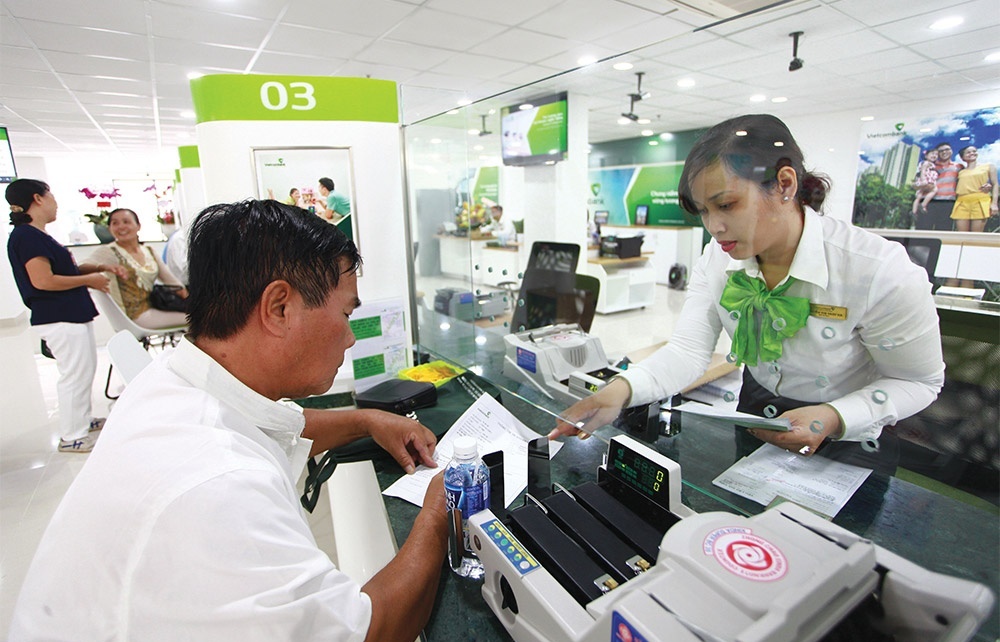Banking on a dose of strong medicine
 The State Audit Office of Vietnam’s recent 2009 financial auditing results showed that Vietnam banking system’s bad debt rate had rose constantly in recent years.
The State Audit Office of Vietnam’s recent 2009 financial auditing results showed that Vietnam banking system’s bad debt rate had rose constantly in recent years.
The rate hiked from 1.55 per cent in 2007 to 2.05 per cent in 2009, then 2.55 per cent in 2010 and an estimated 3.1 per cent in 2011.
In several banks, the rate is higher than the banking sector’s average. For example, bad debt at Vietnam Bank for Agriculture and Rural Development rose from 2.7 per cent in 2008 to around 4 per cent in 2009.
According to a financial expert, eight commercial joint stock bank names have surfaced on a ‘black list’ with the fifth-group debt- the debt group faces losing investment capital- occupying 40 per cent of total.
National Financial Supervisory Committee deputy chairman Dr. Le Xuan Nghia assumed growing bad debts have pushed the banking system’s profit rates to low levels compared to regional countries.
Vietnamese banks’ return-on-equity (ROE) rate is around 10.5 per cent against 17 per cent in South Korea and 14-15 per cent in some South East Asian countries.
Nghia told VIR that bad property debts were concentrated at some banks and the government planned to either let these banks be dismantled or push them to merge with others.
The spotlight is now on whether the central bank should buy up feeble banks with high bad debt rates.
Former State Bank governor Dr. Cao Sy Kiem said the State Bank should do this in special emergency cases only.
Former National Assembly Economic Committee deputy chairman Le Quoc Dung assumed the State Bank should not channel budget capital into buying feeble banks but should think of mergers as a viable remedy.
Financial expert Nguyen Tri Hieu said bank mergers were the way to go.
Central Institute for Economic Research and Management deputy head Vo Tri Thanh said banking authorities should think of merging banks which have a market share of less than 1 per cent to enhance their competitiveness.
What the stars mean:
★ Poor ★ ★ Promising ★★★ Good ★★★★ Very good ★★★★★ Exceptional
Related Contents
Latest News
More News
- The promotion of ESG via banking (November 21, 2024 | 09:32)
- Standard Chartered committed to Vietnam’s financial success (November 21, 2024 | 09:24)
- Full ESG adoption the priority for Agribank (November 21, 2024 | 09:07)
- Banks entice youth with tech advances (November 21, 2024 | 08:00)
- Banks shaping the future as business advisors (November 20, 2024 | 21:00)
- ESG represents a shift towards sustainability for banks (November 20, 2024 | 13:00)
- GGGI supports Vietcombank’s debut of $80 million green bonds (November 20, 2024 | 11:20)
- SHB and the ESG journey: creating social value in every step (November 19, 2024 | 15:00)
- Banking sector contributes to ESG, green growth, and sustainable development (November 19, 2024 | 14:42)
- ESG implementation in banking: from awareness to action (November 19, 2024 | 12:08)




 Tag:
Tag:

















 Mobile Version
Mobile Version